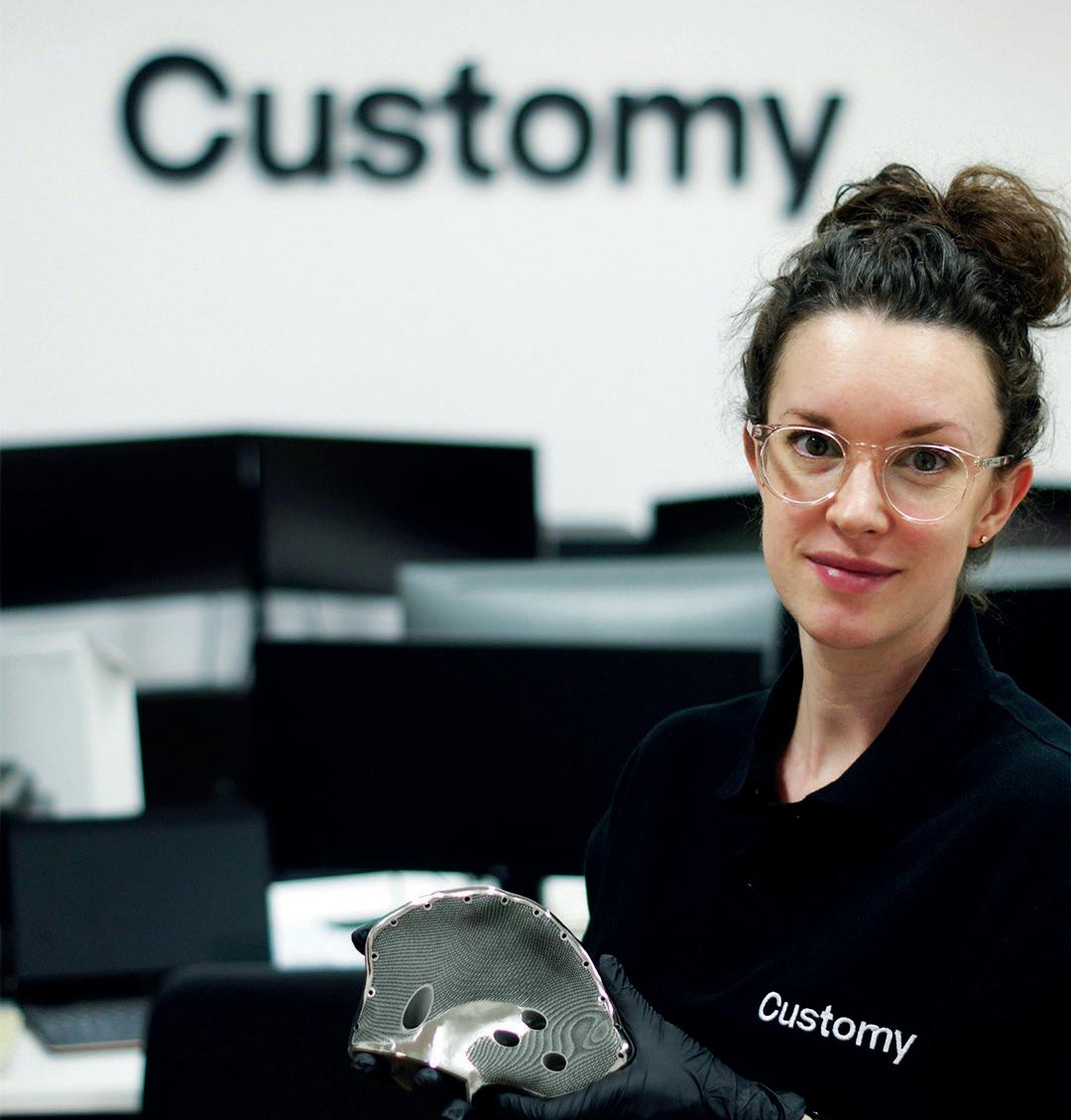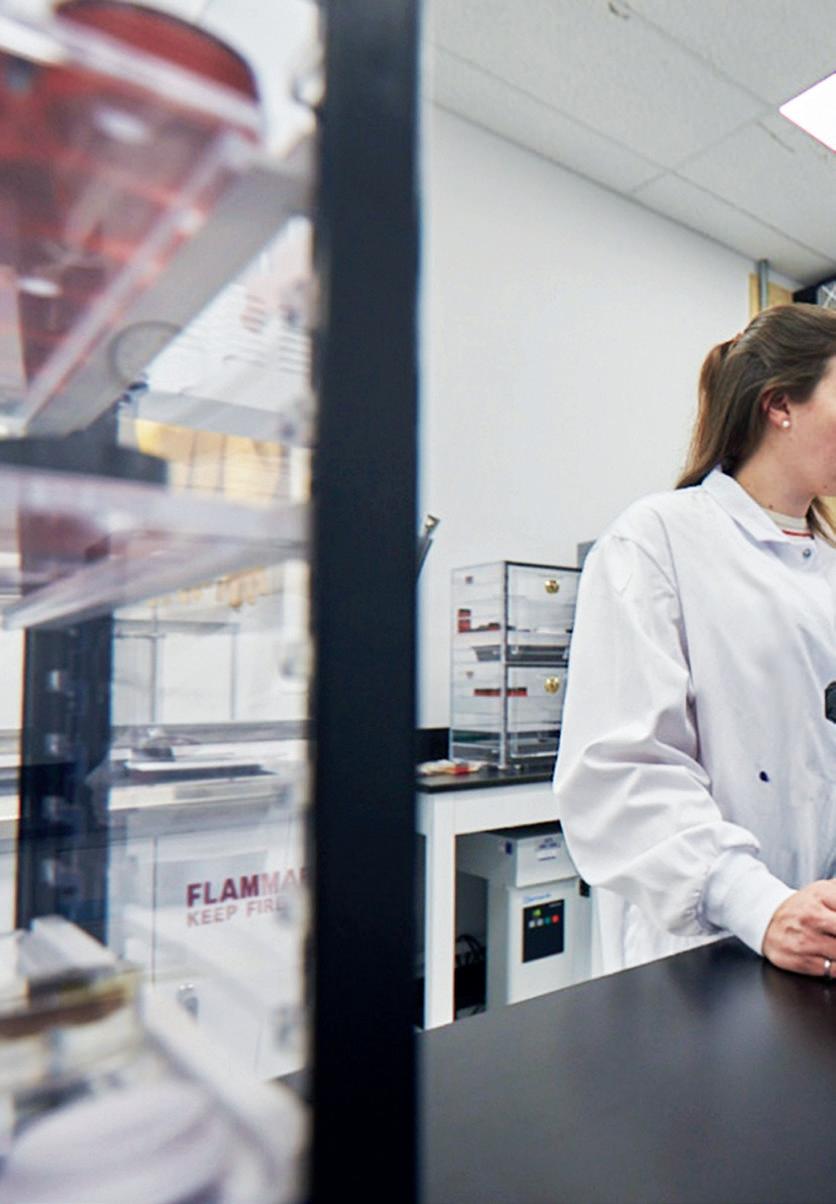EMERGING MARKETS
WORDS: SAM davies
N
o matter the industry and no matter the application, for every product that is conceptualised, designed, manufactured, sold and dispatched there is packaging to protect it. In many respects, it means a separate product has to be developed for every product that is developed. And with that comes considerations around design, cost, time and waste. Yet, too often, packaging is an afterthought. “The way every single NPI (New Product Introduction) works,” Mariona Company starts, “and it’s the case for HP and the case for any other company, packaging is always the last thing that we decide.” Mariona speaks as the Global Head of HP’s Molded Fiber endeavours, an advanced tooling business set up to facilitate more sustainable packaging, with a keen focus on the food and beverage sectors. It was born out of HP’s commitment to eliminating 75% of single-use plastic packaging by 2025; single-use plastic packaging – of which more than 150 million tonnes is produced per year – contributes to greenhouse gas emissions all the way through its lifecycle and typically ends up in landfill.
Having set up the Molded Fiber business, HP is aiming to ‘disrupt’ the packaging market with fibre-based, 100% plastic-free packaging. The tooling for these packaging solutions leans on the capability of HP’s Multi Jet Fusion 3D printing technology, while Choose Packaging – a zero-plastic paper bottle manufacturer – was acquired by HP and integrated into its Personalization & 3D Printing business earlier this year. HP has applied this solution in-house for products such as its HP Desktop Mini, and is also now working with external customers. It suggests that more thought is going into packaging and indicates a growing interest from the market in 3D printingenabled solutions. AHEAD OF THE PACK One packaging company to invest in and integrate 3D printing technology is Quadpack, who purchased a Stratasys J750 in 2018 and a Stratasys J850 in 2019, after starting out with an Objet 30 machine. Quadpack is a designer and manufacturer of packaging for skin care, makeup and fragrance companies, delivering bottles, jars,
product dispensing systems and airless componentry. For at least 90% of the projects it works on, Quadpack turns to this 3D printing capability to help its clients move through the design iteration phase. With its full-colour 3D printing systems, the company can produce multiple prototypes at the same time to explore different design options, while resembling something close to the final packaging product. “It’s helped package designers to test out new ideas quickly and try out what is likely to work and what isn’t,” Quadpack Senior Designer Oliver Drew tells TCT. “But, in addition, it’s helped to allow the customer to accelerate that development stage of design. Whether it’s for bespoke [products], or for a new catalogue item, it’s helped to avoid the need of having to create a pilot mould sample, which in a lot of cases can take four to six weeks to create the tool. Then, you’ve got to wait to receive the samples [and] if you want them decorated, that’s a separate process in itself. So, being able to 3D print in full-colour, to then also apply the decoration with the right opacities and mixing those two together from an early stage, really helps the customer to visualise what that design could look like in that colour with that artwork.”
SHOWN: HP MOLDED FIBER PACKAGING MOULDS FOR CHOOSE PACKAGING'S ZERO PLASTIC PAPER BOTTLE
30.2 / www.tctmagazine.com / 019









